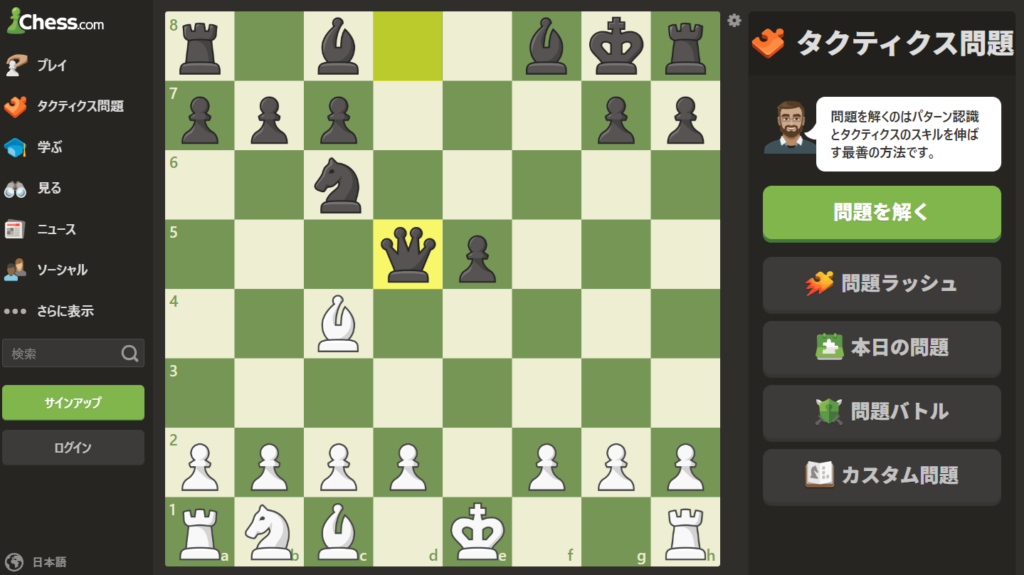So you’ve learned how all the pieces move — congratulations! You’re officially part of the chess world.But if you’re thinking, “Okay, I know the rules… now what?” — you’re not alone. Don’t worry. Here are three easy steps that’ll help you keep improving without feeling lost or overwhelmed.
Step 1: Get Comfortable Moving the Pieces
The best way to start is by playing against a bot (AI) on your phone or tablet.
The nice thing about playing AI is that there’s no pressure — no time limits, no opponent staring you down — just you, learning at your own pace.You can double-check the rules as you play and get used to how each piece moves in real games.
Most apps let you choose how strong the bot is, so you can start at an easy level and gradually work your way up.
Recommended apps :
(The links below lead to external sites. We are not responsible for their content or services. Please use them at your own risk.)
For families and kids : ChessKid
It’s ad-free, super intuitive, and perfect for a safe and fun learning environment.
For adults and general players : Chess.com or Lichess
Chess.com is the world’s biggest chess platform. Besides playing games, you can take lessons and try tons of interactive puzzles.
Lichess is completely free and packed with features — simple, elegant, and supported by a huge community of players around the world.
Step 2: Practice Tactics!
Once you’re comfortable with the basics, it’s time to learn tactics — short, clever sequences of moves that help you capture pieces or set up checkmate. In actual games, tactics often make the difference between winning and losing.
A great way to practice is by solving puzzles in chess apps or on websites.
Solving just a few puzzles every day helps you recognize patterns that come up again and again in real matches.
For example, Chess.com offers thousands of puzzles and a fun feature called Puzzle Rush, where you try to solve as many puzzles as possible within a time limit.

Feeling nervous about playing real opponents? Try the AI Coach on Chess.com.
It explains why a move wasn’t great and what you could try next time, so you can learn from your mistakes without the stress of losing to another person.
Step 3: Time for Real Opponents!
Once you’ve practiced enough and feel comfortable with tactics, it’s time to face real opponents online.
You’ll see different game types like Rapid and Blitz — these refer to how much time each player gets.
If you jump into a match without knowing what the time control means, you might lose just because your clock runs out!
We’ll cover what these formats mean (and other common chess terms) in the next lesson:
👉Lesson 2: Understanding Chess Time Controls and Common Terms
 日本語
日本語 English
English